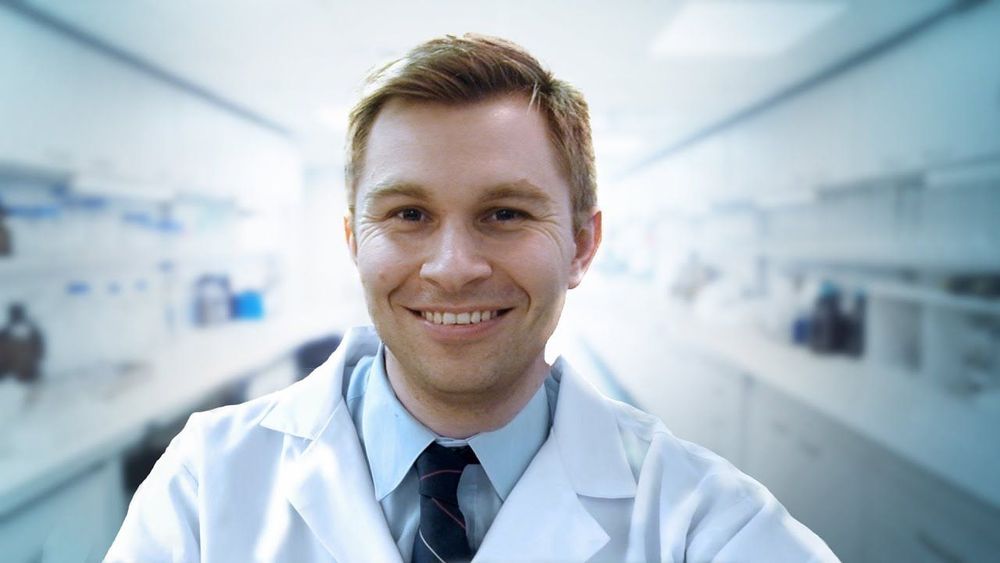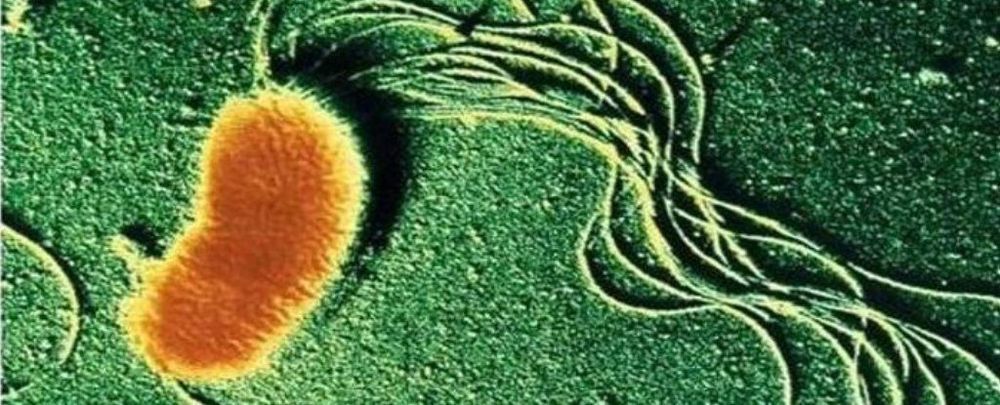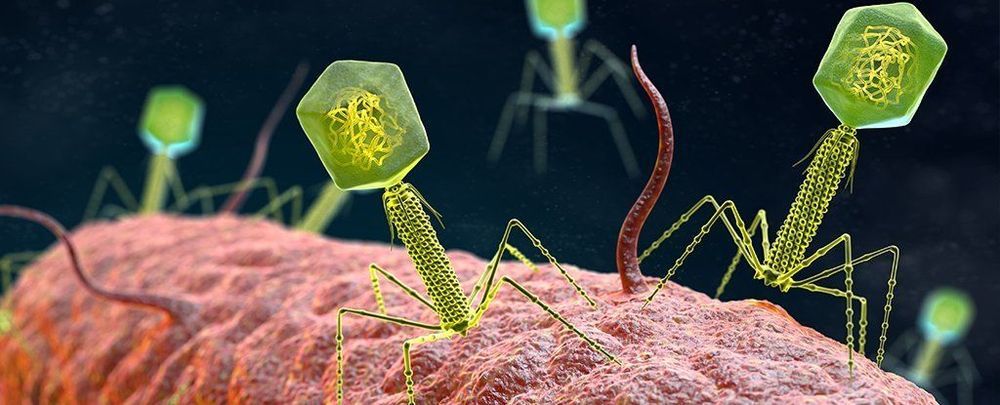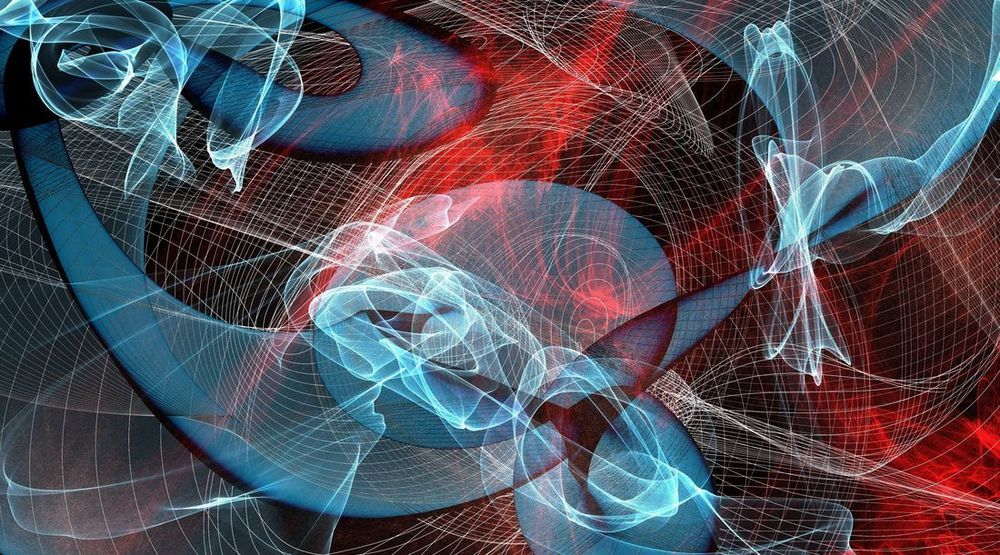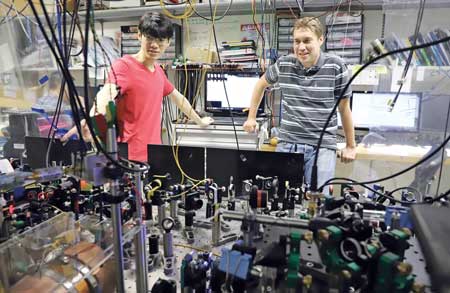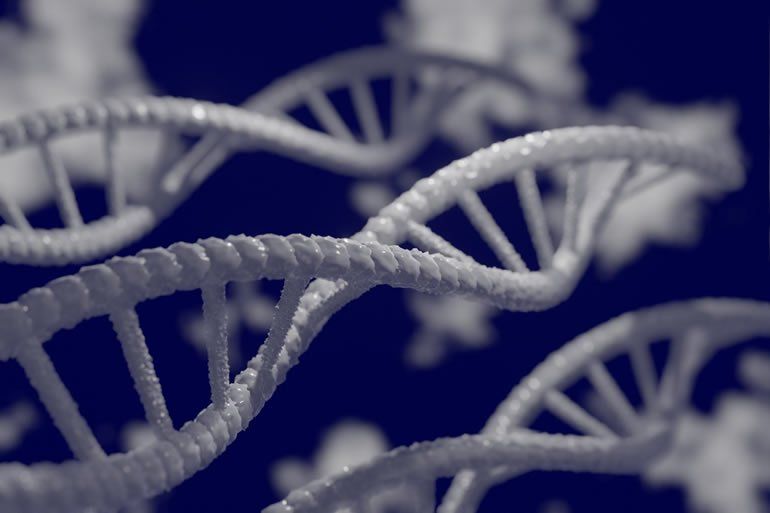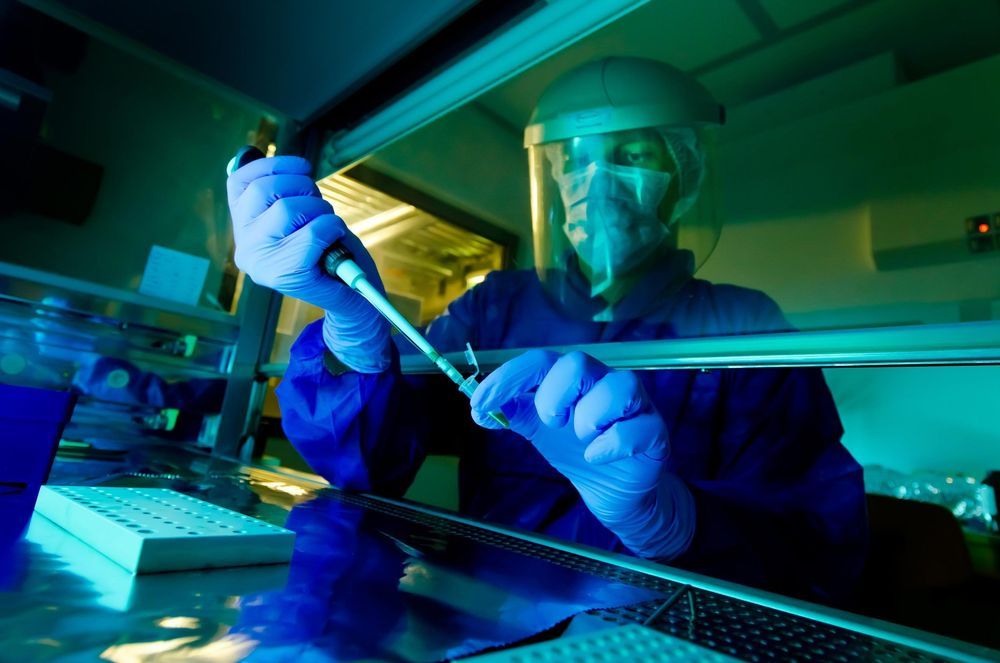Sep 27, 2020
Harvard Professor Wants to Slow Down & Reverse Aging: David Sinclair’s Approach For a Longer Life
Posted by John Davies in categories: bioengineering, biotech/medical, genetics, information science, life extension, robotics/AI
David Sinclair wants to slow down and ultimately reverse aging. Sinclair sees aging as a disease and he is convinced aging is caused by epigenetic changes, abnormalities that occur when the body’s cells process extra or missing pieces of DNA. This results in the loss of the information that keeps our cells healthy. This information also tells the cells which genes to read. David Sinclair’s book: “Lifespan, why we age and why we don’t have to”, he describes the results of his research, theories and scientific philosophy as well as the potential consequences of the significant progress in genetic technologies.
At present, researchers are only just beginning to understand the biological basis of aging even in relatively simple and short-lived organisms such as yeast. Sinclair however, makes a convincing argument for why the life-extension technologies will eventually offer possibilities of life prolongation using genetic engineering.
